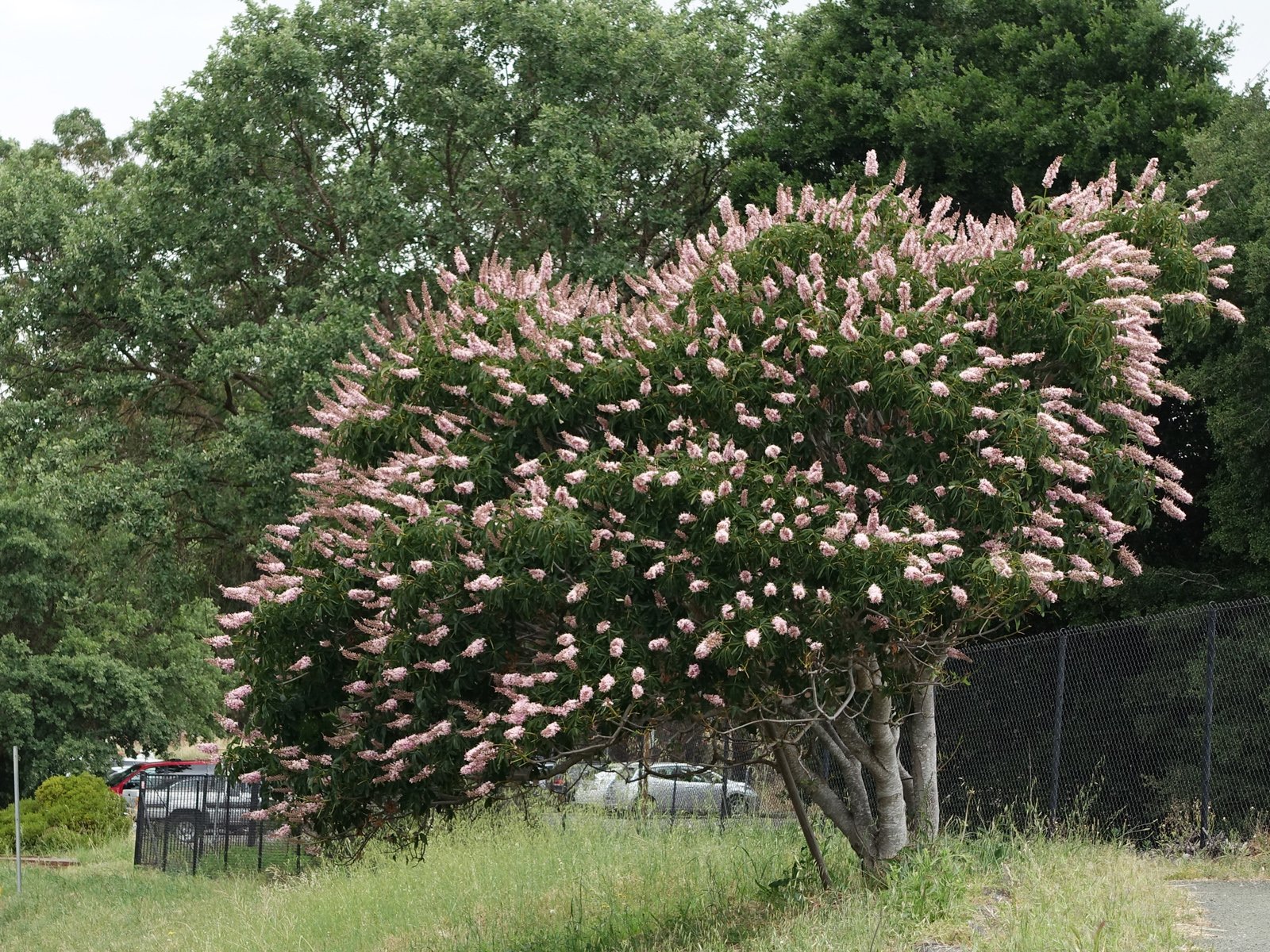The native plants and trees in our ecosystems are indispensable. Native plant species are superior in supporting pollinators and local wildlife, such as bees, butterflies, amphibians, reptiles, and mammals, as demonstrated by ecologists, wildlife biologists, and entomologists. On the other hand, invasive plant species have the power to disrupt environments, diminish biodiversity, drive native species to extinction, and clash with them for scarce resources. This invasive species takeover can and is occurring everywhere, including California. For Californians looking to add some greenery to their yards, it can be especially challenging to tell native plants from invasive ones. Fortunately, the general public can plant and obtain a wide variety of native California trees from Our City Forest in San Jose, CA. They take tremendous pride in the quality of their plants and go to considerable lengths to ensure that they all mature into robust, healthy trees. These are a few from their wide variety available at their nursery as of November 2023:
The Acer Macrophyllum (Big Leaf Maple) is a huge deciduous tree. Although it’s typically 50 to 65 feet tall, it can grow to a height of even 100. The diameter of the trunk on the other hand, can grow to over 3 feet. Its native range extends from southernmost Alaska to southern California in western North America, primarily along the Pacific coast.
The Aesculus Californica (California Buckeye) is either seen as a tiny tree or a big shrub. It usually spreads out and has several trunks, with a broad and tall crown. This species, belonging to the Sapindaceae family, is the sole native buckeye in California. Early spring usually sees it leaf out and its creamy-white to pale pink flower spikes begin appearing- butterflies adore the blooms!
The Cercis Occidentalis (Western Redbud) is a little deciduous tree that grows in California's highlands and foothills. Early in the season, the glossy heart-shaped leaves on the slender brown branches are light green, but as the season progresses, they turn a darker shade. Bright pink or magenta, beautiful flowers appear in clusters throughout the shrub in the spring and give the plant a vibrant, eye-catching appearance in the landscape.
The Myrica Californica (Pacific Wax Myrtle) is a naturally occurring shrub of to the Myrtle family that is mainly found in northern and central California along the coast. It can also be found as far north as British Columbia and as far south as Los Angeles County. It has a lengthy lifespan and grows rather quickly. It develops actively in the spring and summer, reaching a tall shape up to 33 feet in height. Early summer is where you can bear witness to the blooming of its yellow flowers.
The Quercus Agrifolia (Coast Live Oak) is a recognizable, magnificent tree that supports the local flora and animals. Its massive canopy and twisted branches make it easy to identify. A diverse range of birds and butterflies are drawn to the acorns of the Coast Live Oak, which blooms in the spring and provides food and habitat for over 270 different kinds of birds and insects. These hardy trees can reach mature heights of 30 to 80 feet. They can also live for decades, frequently exceeding 250 years.
The Quercus Douglasii (Blue Oak) is a deciduous tree that can withstand droughts and gives local wildlife food and shelter. It provides food for insects, squirrels, and birds and serves as a host plant for numerous moth and butterfly species. Additionally, the blue-green foliage of this tree is what gave rise to its name. Blue oaks can reach heights of more than 80 feet, and their canopy can enlarge to at least 30 feet in width.
The Quercus Lobata (Valley Oak) is the biggest oak species in North America. They can grow up to 60 feet in 20 years, 20 feet in 5 years, 40 feet in 10 years, and so on; fully grown specimens can live up to 600 years. Its wavy bark, which has a pewter tint, contributes to this species' appealing appearance. October is when acorns fall throughout most of the range. They are consumed by a wide range of mammals and birds, such as the California Ground Squirrel, Acorn Woodpecker, Western Scrub Jay, and Yellow-billed Magpie. Like many oaks, this tree is resistant to wildfires.
These are just a few of the many, many plants available at Our City Forest. To learn more on the different species/plants available at the nursery, you can visit their website ourcityforest.org or visit them in-person at 1000 Spring St, San Jose, CA 95110. Do your part in promoting biodiversity today by considering planting some native trees. Thank you :)
Sources: ourcityforest.org & calscape.org

